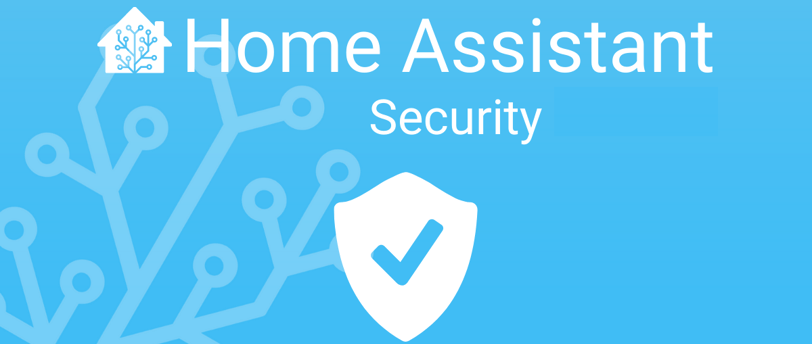5 Essential Security Recommendations for Home Assistant
Home Assistant is a powerful home automation platform, but without proper security configurations, it can become a target for intruders. To ensure your system is secure, follow these 5 essential recommendations.
TUTORIAIS
3/13/20252 min read


1. Enable Two-Factor Authentication (2FA)
Two-factor authentication adds an extra layer of security to your Home Assistant, preventing unauthorized access even if your password is compromised.
How to Enable:
Go to Settings > People.
Select your user and enable Two-Factor Authentication.
Use an authenticator app like Google Authenticator or Authy to generate temporary codes.
2. Use Secure Connections (HTTPS and VPN)
Remote connections to Home Assistant should be secure to prevent data interception.
Why Use SSL?
SSL (Secure Sockets Layer) encrypts the data exchanged between your browser and the Home Assistant server, preventing hackers from capturing sensitive information such as login credentials and device commands.
Recommended Options:
DuckDNS + Let’s Encrypt: Set up a free domain and use SSL for secure access.
VPN (WireGuard or OpenVPN): Allows secure connection to your local network without exposing Home Assistant to the internet.
3. Set Up Automatic Backups
Backups ensure you can restore your settings in case of failures, attacks, or data corruption.
How to Set Up:
Go to Settings > Backups and create regular manual backups.
Install the Home Assistant Google Drive Backup add-on for automatic cloud backups.
Use local storage (external SSD or USB drive) to keep backup copies connected to your Raspberry Pi.
Configure automatic backups via Samba for saving files on a NAS or another network computer.
4. Keep Home Assistant Updated
Keeping Home Assistant and its add-ons updated is essential for securing your system from vulnerabilities.
How to Keep It Updated:
Go to Settings > System > Updates and check for new versions.
Enable automatic updates for add-ons and integrations in the Supervisor.
Keep track of releases on the official Home Assistant website to stay informed about updates and security patches.
5. Use Strong Passwords and a Password Manager
Weak passwords are one of the biggest security gaps in any system. Using strong passwords and a password manager can protect your Home Assistant from unauthorized access.
Best Practices for Secure Passwords:
Use long passwords (at least 12 characters) with uppercase and lowercase letters, numbers, and symbols.
Avoid obvious passwords like "admin123" or "homeassistant".
Use a password manager (like Bitwarden, 1Password, or LastPass) to store and generate secure passwords.
Conclusion
By following these 5 security recommendations, you can protect your Home Assistant from intruders and ensure that your home automation remains secure and functional. Don’t neglect security and keep your system always updated!
Automação
Descubra como simplificar sua automação residencial.
Conectividade
contato@conectesuacasa.com
© 2025. All rights reserved.
